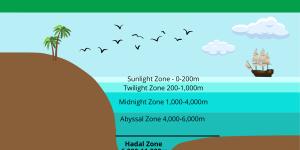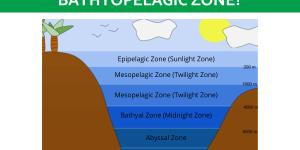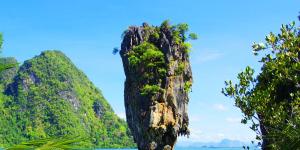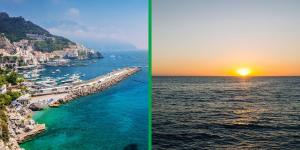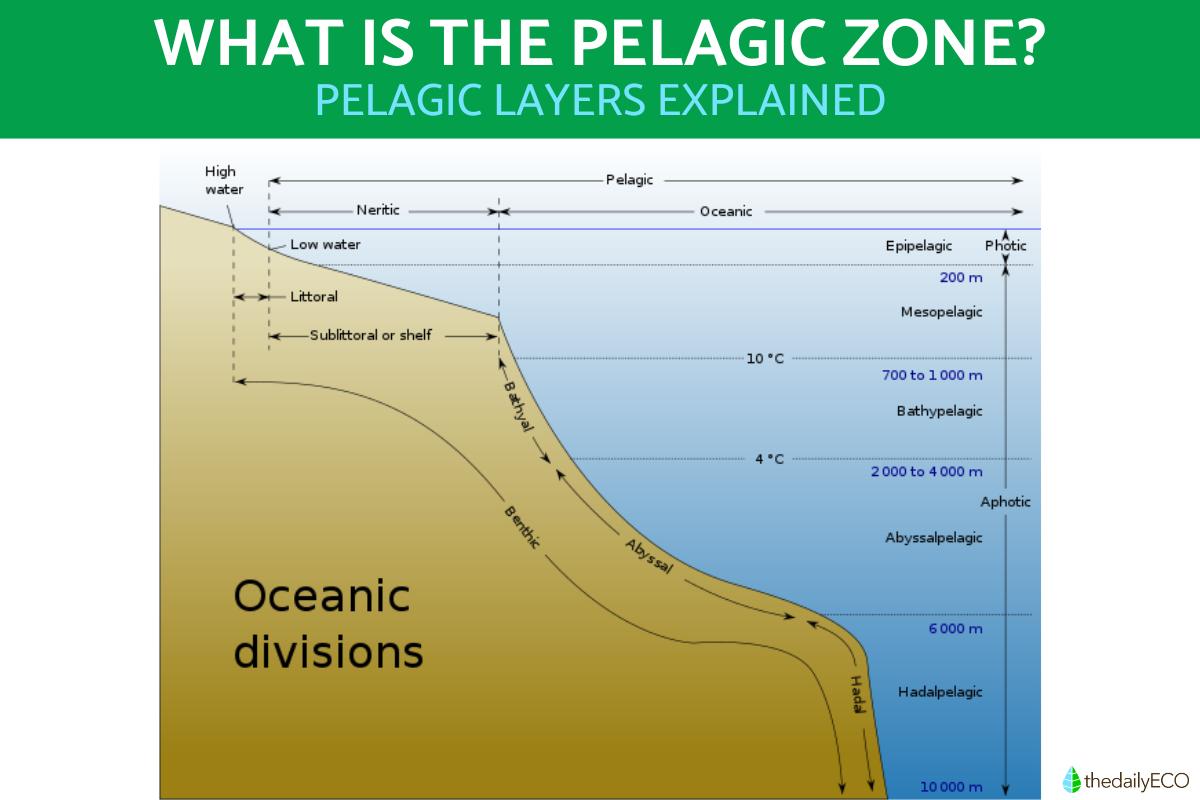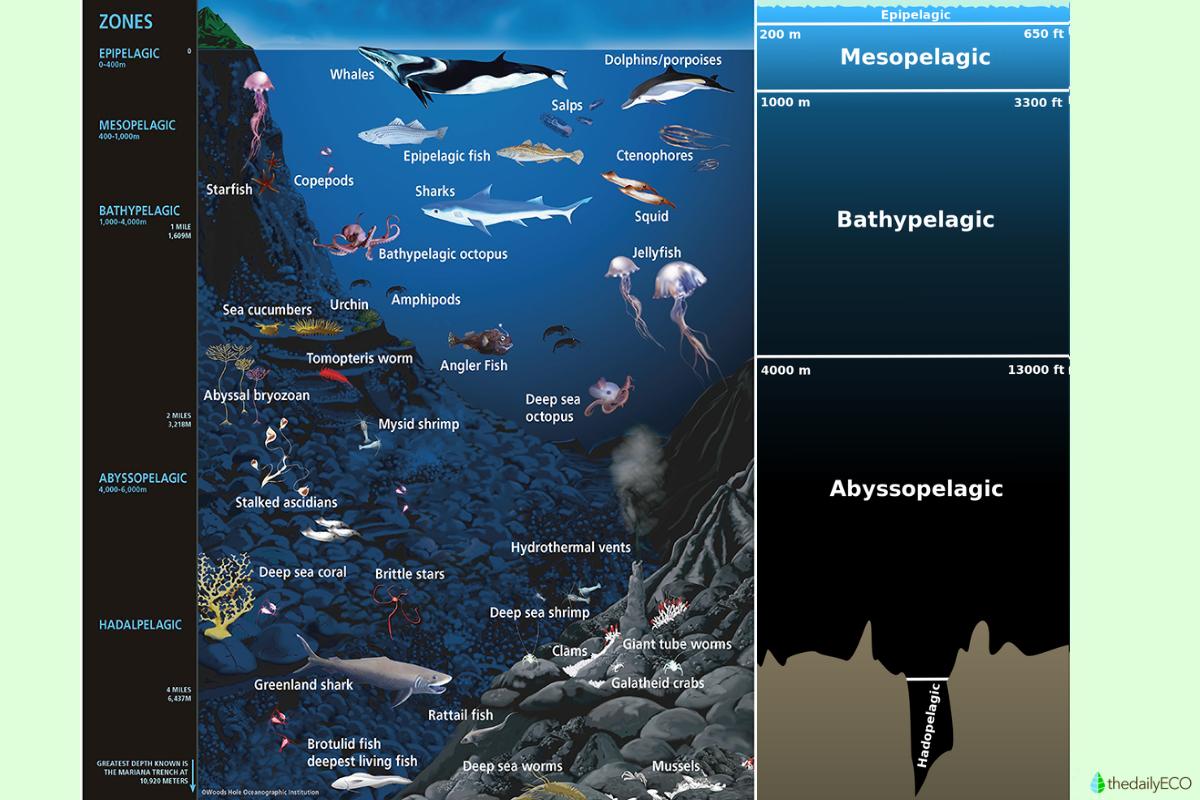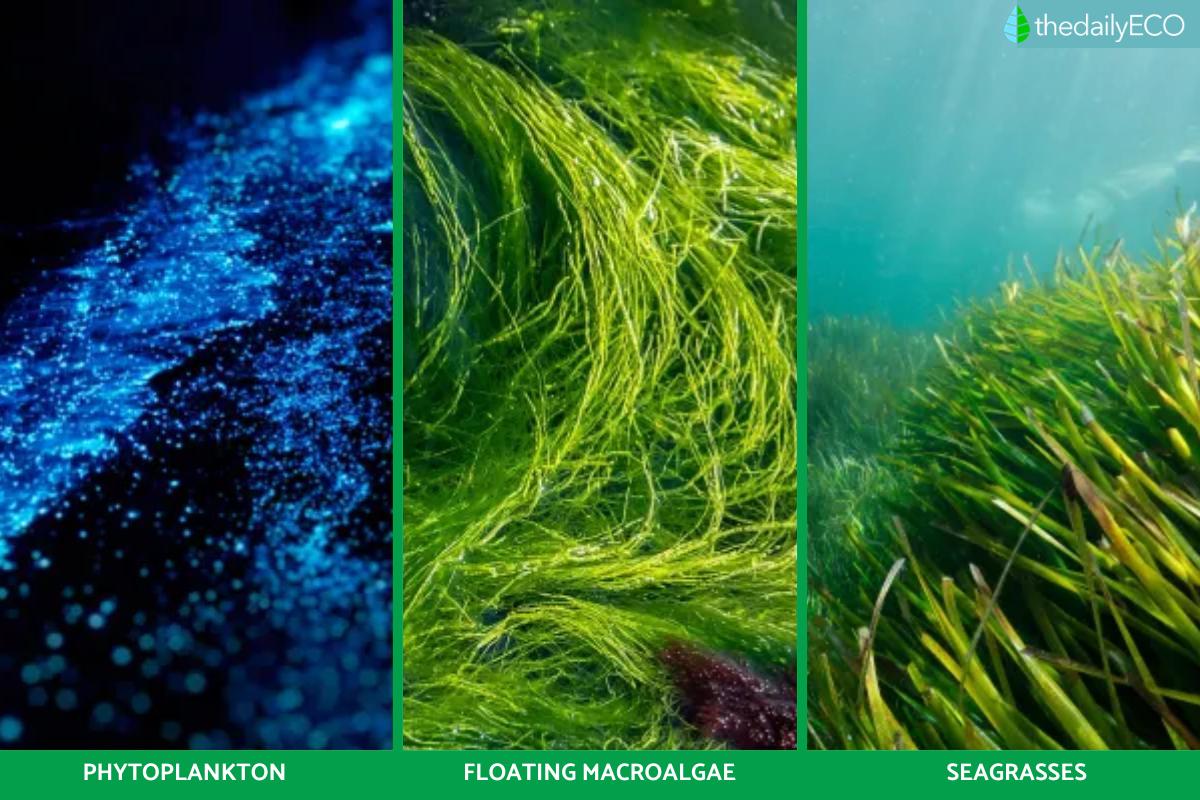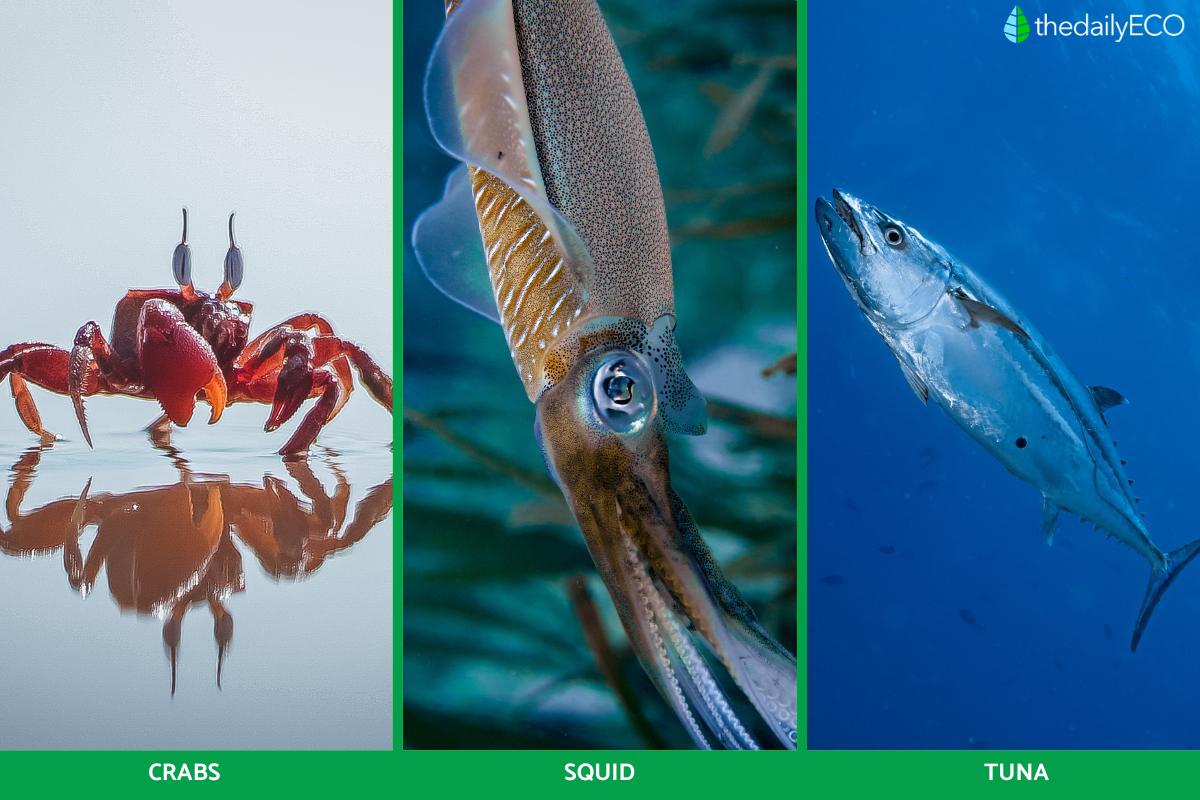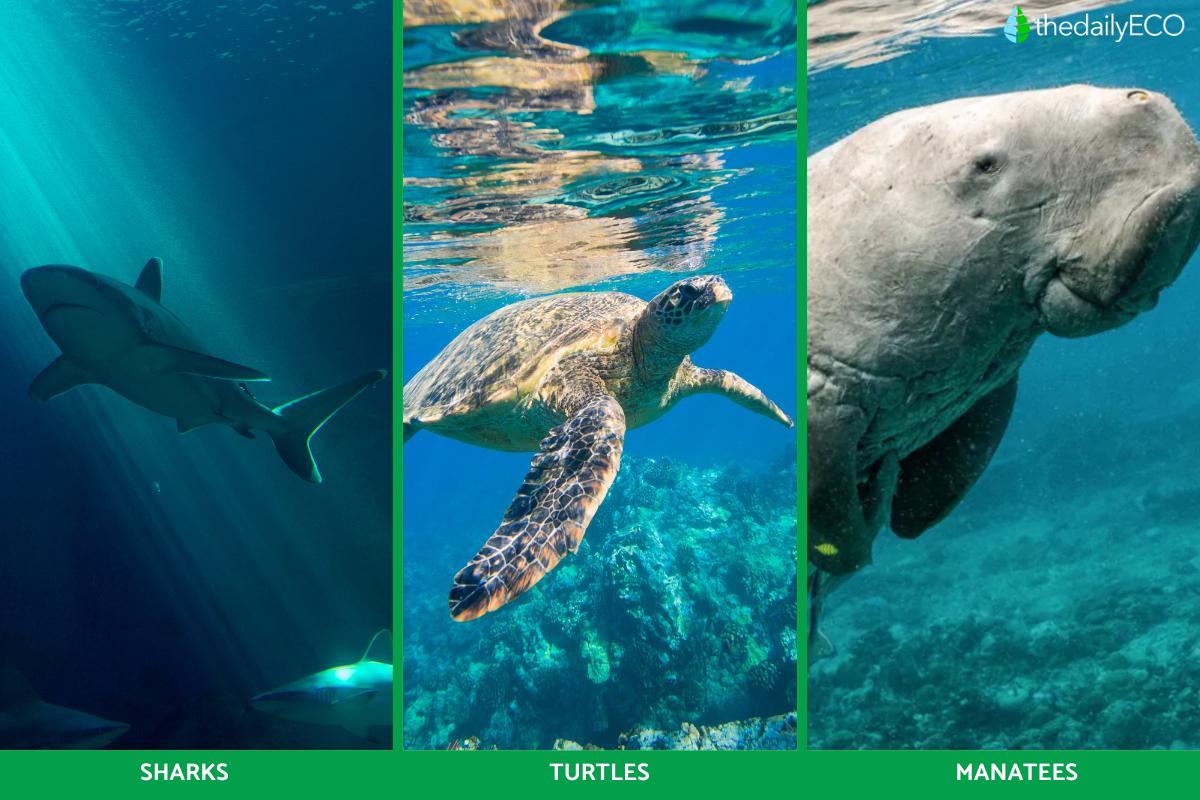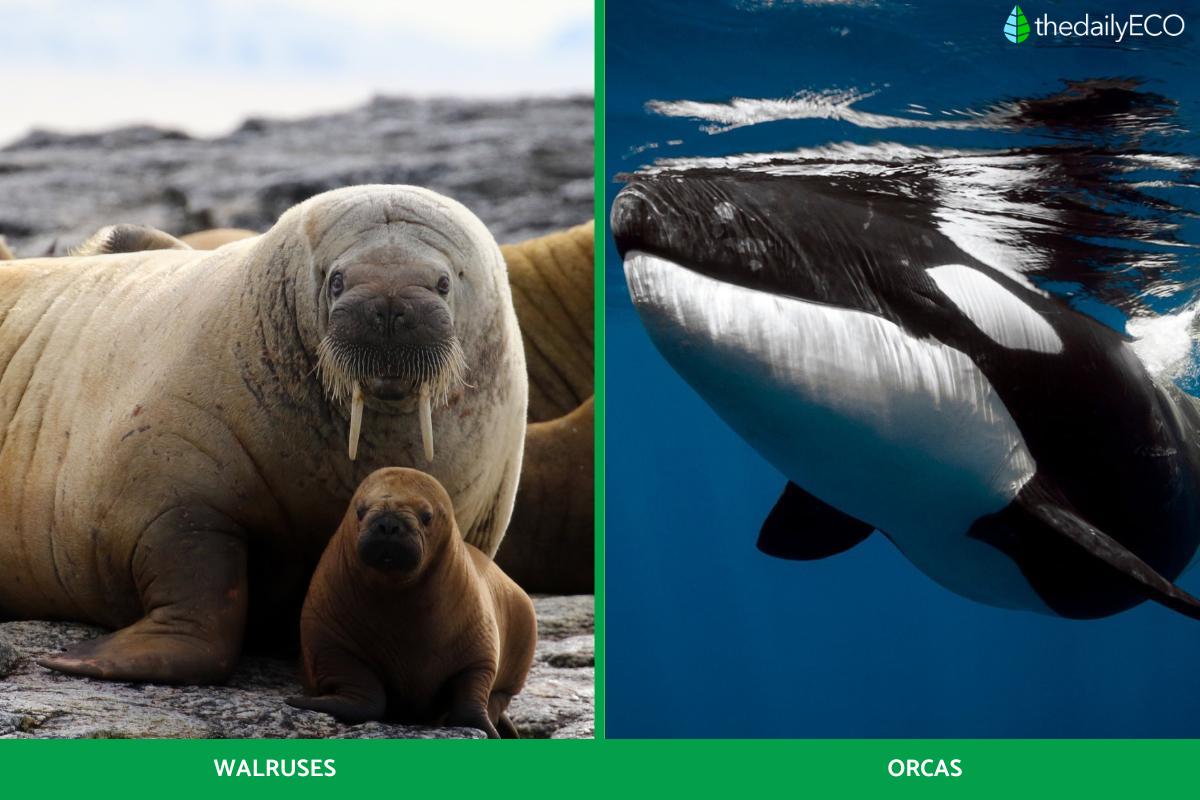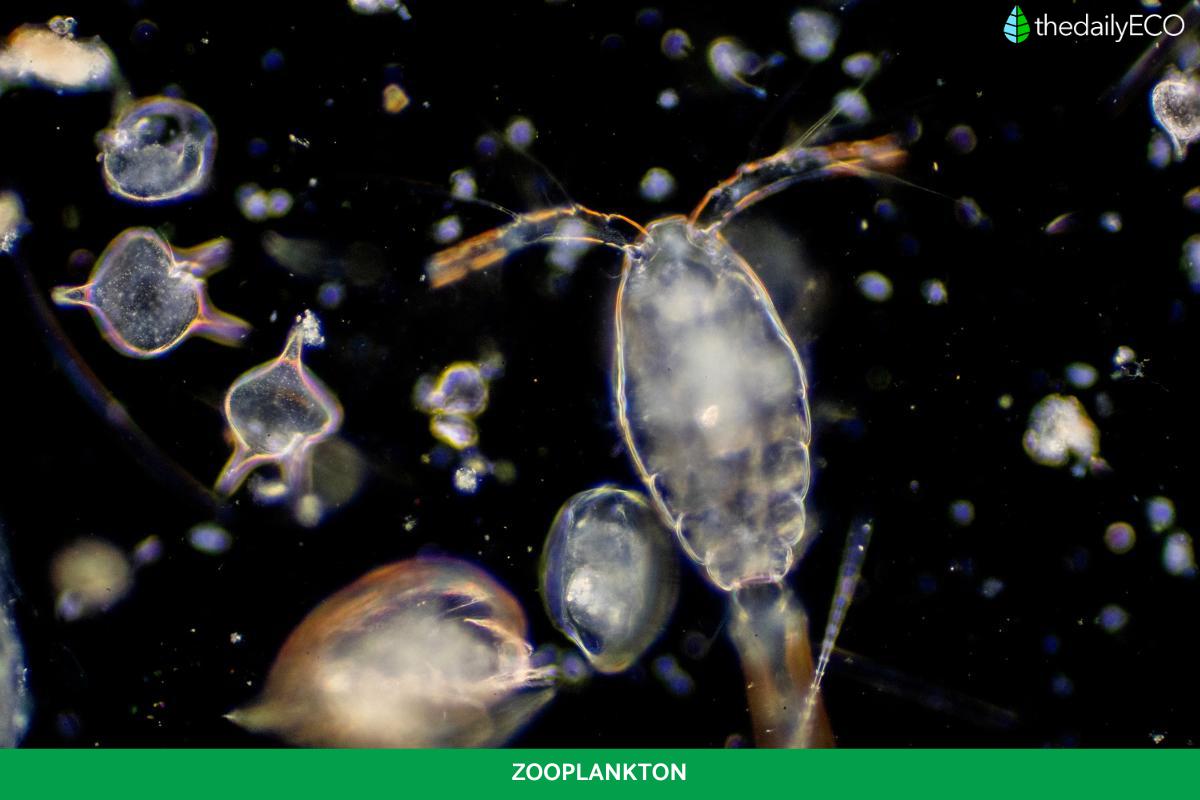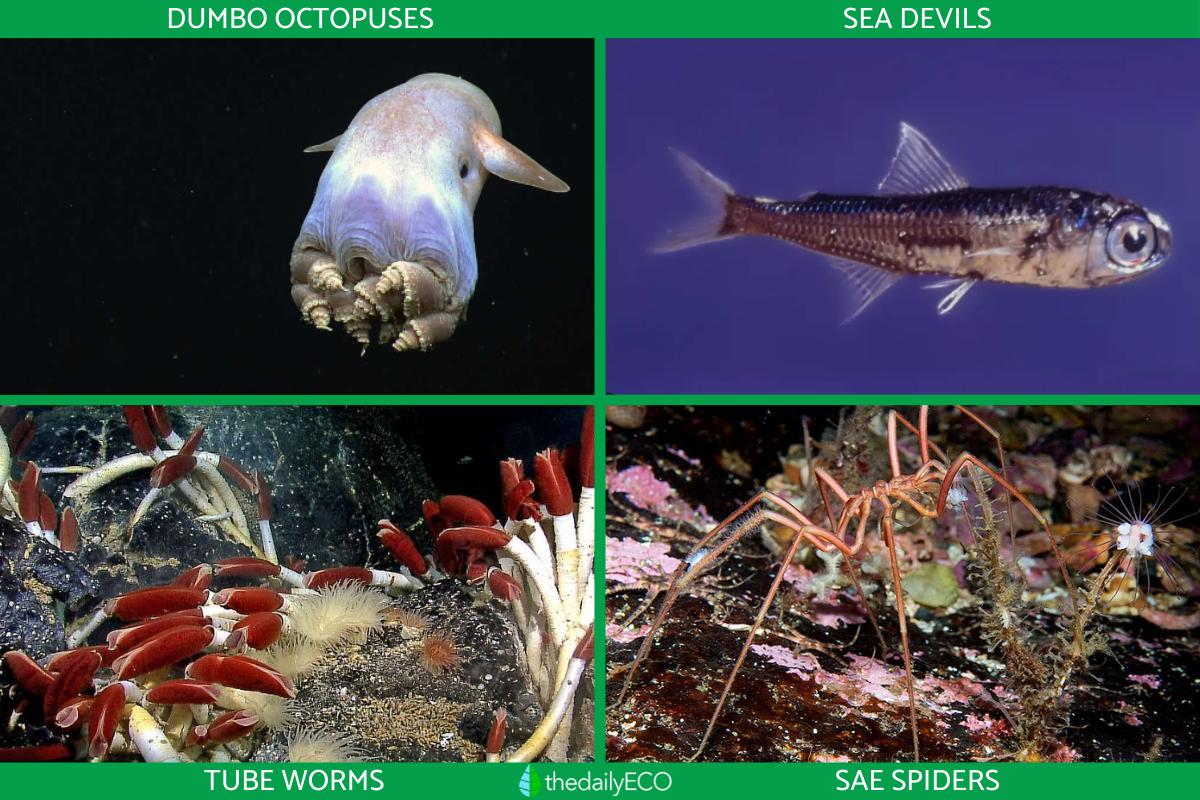What Is the Pelagic Zone in the Ocean?


The pelagic zone is a part of the open ocean which is divided into different layers. It begins horizontally at the end of the neritic zone, but extends vertically from the surface to the depths of the ocean. The different layers of the pelagic zone have different characteristics, impacting the types of life forms which can exist within them. An important factor is the distance from the sun, meaning the deeper levels of the pelagic zone cannot have life which needs sunlight to survive. At thedailyECO, we explain more about these layers and the life within them by asking what is the pelagic zone in the ocean?
What is the pelagic zone in the ocean?
The word pelagic is originally from Greek and means ‘open sea’. It refers to the column of water which is ranges from the surface of the water to its bottom with conditions varying the further down it reaches. This means the pelagic zone is not found in coastal areas, but only open waters. The depth of the pelagic zone varies depending on location, but it can reach depths of approximately 10,000 meters.
Such range of depths manifests different conditions as we travel further to the bottom of the pelagic zone. When this happens, there is higher pressure, lower temperature, less luminosity and less oxygen concentration. There are also variations in the concentration of salts and nutrients such as iron, calcium and magnesium. The pelagic zone excludes the waters found on continental shelves, these include the littoral (or intertidal) zone, as well as the neritic zone.
Learn more about intertidal zones by discovering what are coastlines in geography?
Layers of the pelagic zone
The pelagic zone of the ocean is subdivided into five vertical regions that have different characteristics. The layers of the pelagic zone and their characteristics include the following:
- Epipelagic zone: extends from the sea surface to 200 meters deep. It is the area where sunlight penetrates, allowing photosynthesis to occur.
- Mesopelagic zone: ranges from 200 to 1000 meters deep. At this level the aphotic zone begins. Although the sun's rays still penetrate this part of the pelagic zone, the light is lost with increasing depth and the photosynthesis process is prevented.
- Bathypelagic zone: also known as the bathyal zone, it ranges from 1000 to 4000 meters deep. In this region there is no longer any sunlight. The only light can be seen in presence of bioluminescent organisms. At this depth, the hydrostatic pressure increases, temperature drops (it is on average 39.2°F/4°C) and concentration of dissolved oxygen decreases. Learn more about what is the bathypelagic zone with our related guide.
- Abyssopelagic zone: the abyssal zone extends from 4000 to 6000 meters and darkness is total at this depth. The temperature ranges between 35.6-37.4°F (2-3°C). There is no oxygen but there are high concentrations of nutrients such as nitrogen, phosphorus and silica. These are produced as a result of the decomposition of organic matter in upper layers. Learn more about the abyssal plains here.
- Hadopelagic zone: the hadal zone reaches up to 11,000 meters deep and is represented by marine trenches. The deepest is the Mariana Trench which located in the western Pacific Ocean.
Learn more about the animals in the Mariana Trench with our article on deep sea fauna.
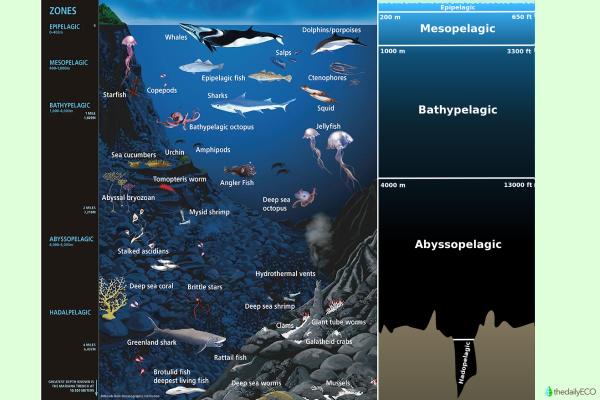
Flora of the pelagic zone
Technically, there is no flora in the pelagic zone. This is because this term strictly refers to the various species of native or exotic vascular plants. These are most notably in terrestrial areas. We are extended our definition to include other non-animal species such as algae, dinoflagellates (protists) and cyanobacteria (bacteria).
The flora of the pelagic zone is more abundant in upper layers (epipelagic zone) due to the availability of sunlight that allows the photosynthetic process. Its main components are:
- Phytoplankton: includes microalgae such as diatoms, dinoflagellates and cyanobacteria. These organisms are the main primary producers in this layer. Learn more about phytoplankton by discovering what is a red tide?
- Floating macroalgae: in areas close to the coast and at depths where sunlight penetrates, macroalgae can be found. Some, such as red algae or rhodophytes (phylum Rhodophyta) can be found at a depth of 100 meters. In exceptional cases they can reach 250 km deep. These species currently belong to the kingdom Plantae.
- Seagrasses: seagrasses are underwater ecosystems that are made up of angiosperm plants. About 66 species classified into 4 families are currently recognized. Some are exclusively marine, such as species belonging to the families Zosteraceae, Posidoniaceae and Cymodoceaceae.
In the rest of the sublevels of the pelagic zone, luminosity decreases considerably. For this reason, photosynthesis is not possible and life is sustained mainly by the decomposition of organic matter at higher levels. Learn more about the differences between angiosperm and gymnosperm plants with our related guide.
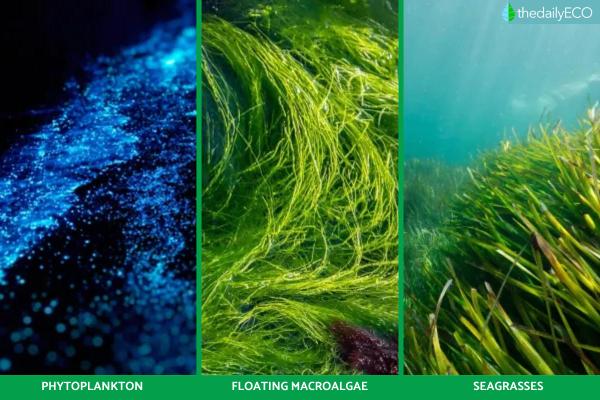
Fauna of the pelagic zone
The organisms that live in this area are known as pelagic species. Generally speaking, the animal species are much more abundant than non-animal life in terms of mass. They are usually grouped into different categories:
Nekton
Also known as necton, nekton organism are those which are generally large in size and swim actively in the oceans. They have certain mechanisms that allow them to move with intentional movements and counteract strong currents. They live in the water column in the first few meters of depth. They are independent of the seafloor. Although they can remain close to the depths at some point, the rest of the day they move continuously.
Some common nekton animal species are:
- Crustaceans: such as crabs and shrimp.
- Cephalopods: such as squid and octopuses .
- Bony fish: such as tuna, sardines, and salmon .
- Cartilaginous fish: such as sharks and rays.
- Marine reptiles: such as sea turtles.
- Sirenians: such as dugongs and manatees .
- Pinnipeds: such as walruses, sea lions and elephant seals.
- Cetaceans: such as whales, orcas and dolphins.
Learn more about fish species in open waters with our article asking what is a pelagic fish?
Plankton
Formed by small or microscopic organisms that are located at the base of the food chain and that cannot overcome sea currents. They are usually dragged along by them. They are constituted of autotrophic species of microalgae such as diatoms and dinoflagellates, cyanobacteria and other organisms. Plankton such as protozoa, mini crustaceans, sponge larvae, mollusks or echinoderms, constitute zooplankton or animal plankton. Unlike phytoplankton, they feed on decomposing organic matter.
Deep sea animals
Beyond the mesopelagic zone, animal life is greatly reduced. Some of the rarest organisms in the world live at these depths under extreme conditions. For example:
- Cephalopods: such as dumbo octopuses (genus Grimpoteuthis) and giant squids (genus Architeuthis).
- Fish: such as sea devlis (family Ceratiidae), spotted lanternfish (Myctophum punctatum) and the Mariana snailfish (Pseudoliparis swirei)
- Annelids: such as giant tube worms (Riftia pachyptila)
- Chelicerates: such as sea spiders (order Pycnogonida)
The world's oceans are vast, with varying characteristics depending on a range of factors. Learn more by finding out where the Atlantic and Pacific Oceans mix with each other.
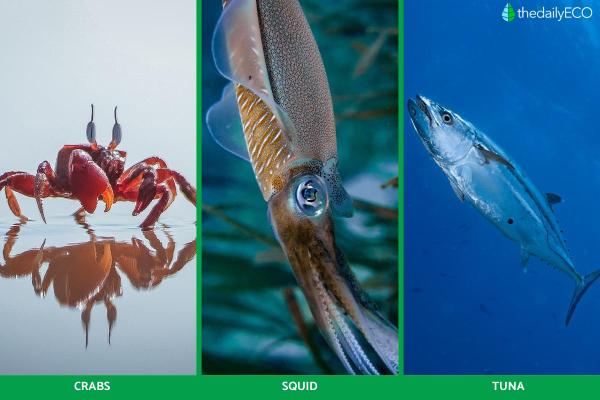




If you want to read similar articles to What Is the Pelagic Zone in the Ocean?, we recommend you visit our Ecosystems category.
- National Commission for the Knowledge and Use of Biodiversity. (2024). “Pelagic environment”. https://www.biodiversidad.gob.mx/ecosistemas/ecosismex/ambiente-pelagico

